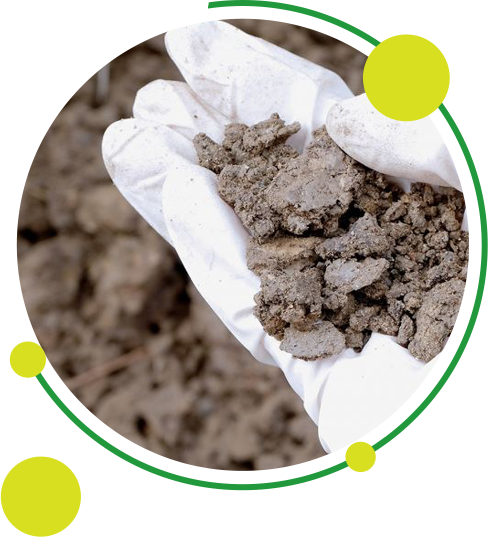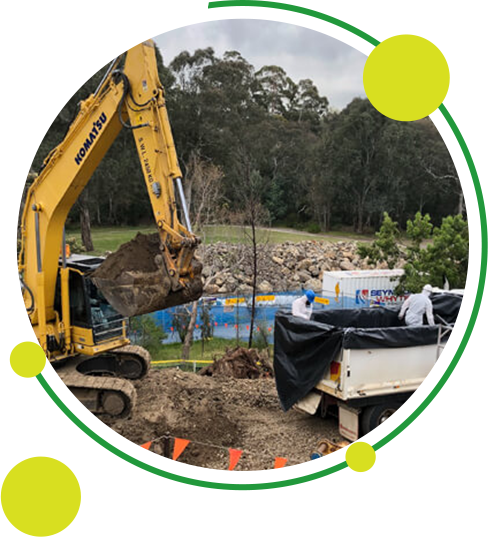
You’re a professional who has been tasked with identifying the best case solution for managing contaminated soil at your client’s property located in the Northeast.
The challenge comes in navigating the maze of dozens of available offsite T&D options for contaminated soil, including landfill disposal, recycling, and beneficial reuse, as well as the various onsite treatment options which may be suitable for RCRA hazardous metals contaminated soils, or hazardous VOC contaminated soils.
The dual mission is to implement the most appropriate and cost effective treatment/disposal scenario, while ensuring full regulatory compliance.
At any given job site, the higher the volume of contaminated soil, the greater the likelihood of identifying multiple soil classifications. On larger projects this often drives the need to target more than one disposal facility in order to minimize costs for offsite transportation & disposal (T&D) of contaminated soil.
It stands true that for every project there exists one singular best-available solution that is readily identifiable.
Identifying your best case option for contaminated soil begins with gaining a full understanding of site specific factors such as, location, contaminant types and concentration levels, volume, geophysical characteristics, site history, debris content, odor, gradation size, and moisture levels.

The science of selecting offsite disposal facility options from among the myriad choices can be a moving target, considering that newly permitted reuse facilities are becoming operational, while at the same time some of the existing facilities periodically face State imposed regulatory changes that affect the soil contaminant levels they are permitted to receive.
During the past three decades, the contaminated soil disposal industry has seen numerous regulatory changes from year to year, and this trend is expected to be ongoing as environmental regulations continue to evolve. The dual mission is to implement the most appropriate and cost effective treatment/disposal scenario, while ensuring full regulatory compliance.
The complexity of the soil disposal facility selection process calls for a comprehensive knowledge of the specific acceptance criteria and permit conditions that apply at each of the various landfills, recycling facilities, and reuse sites that serve the Northeast region.
For more information, contact Rich Rivkin of Enviro-Disposal Group,
